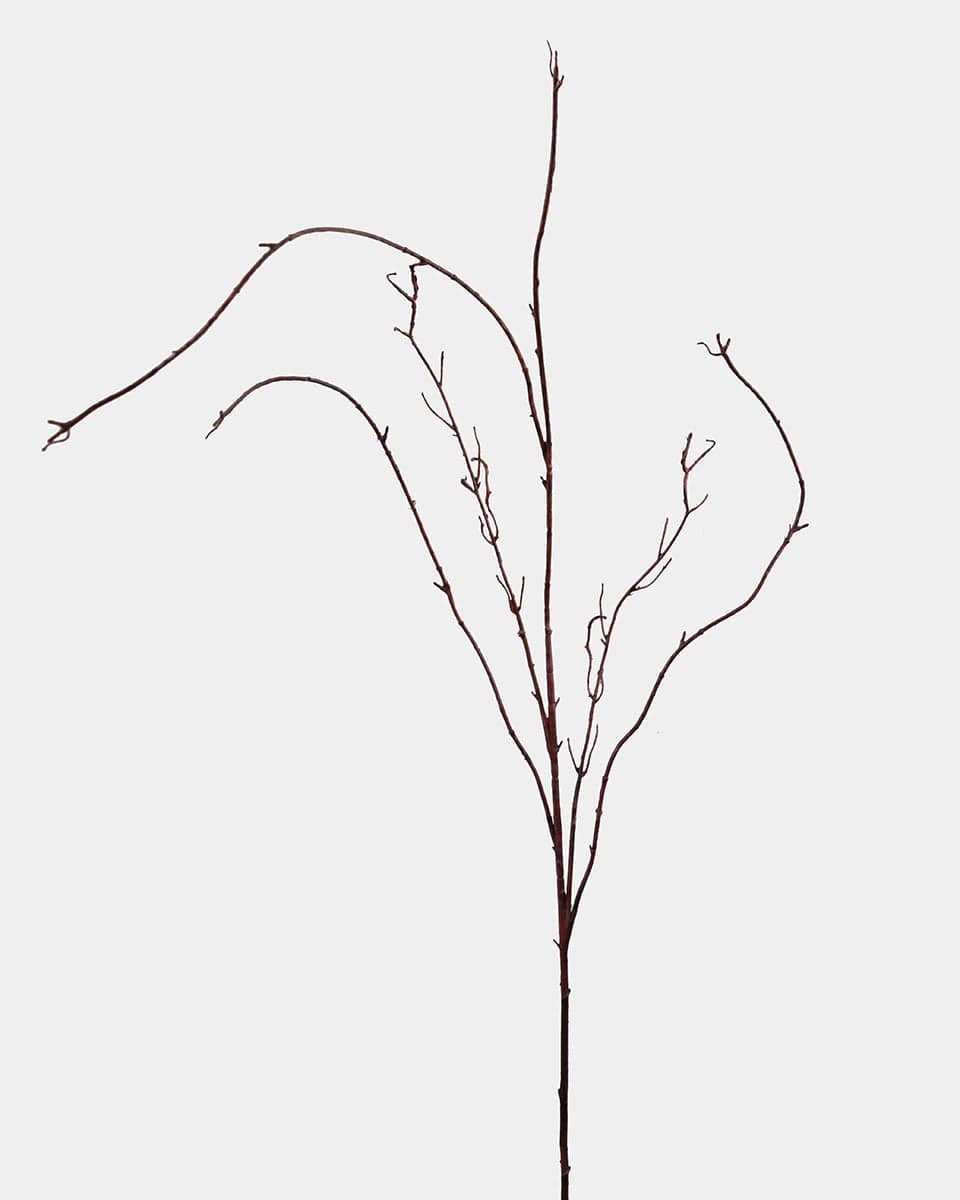
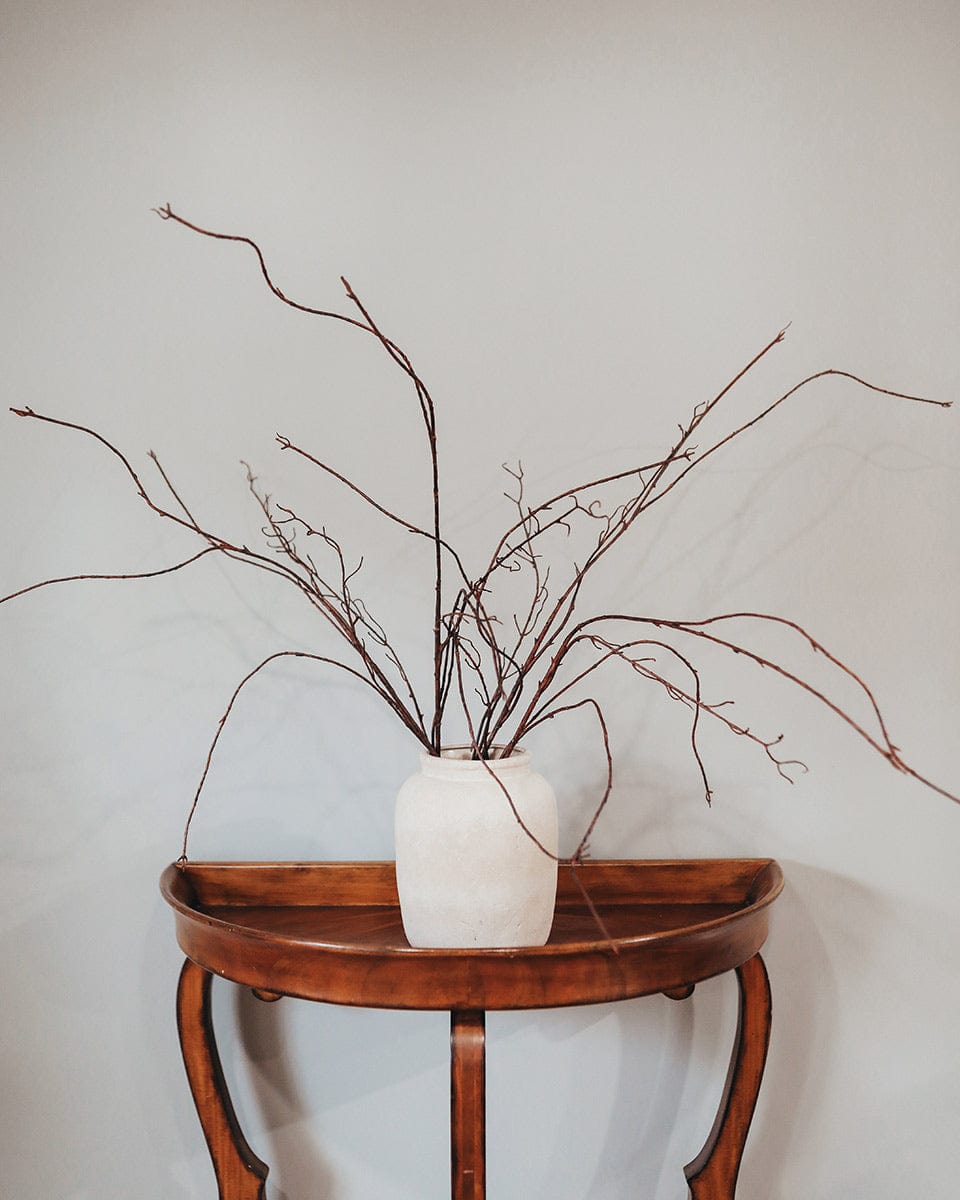
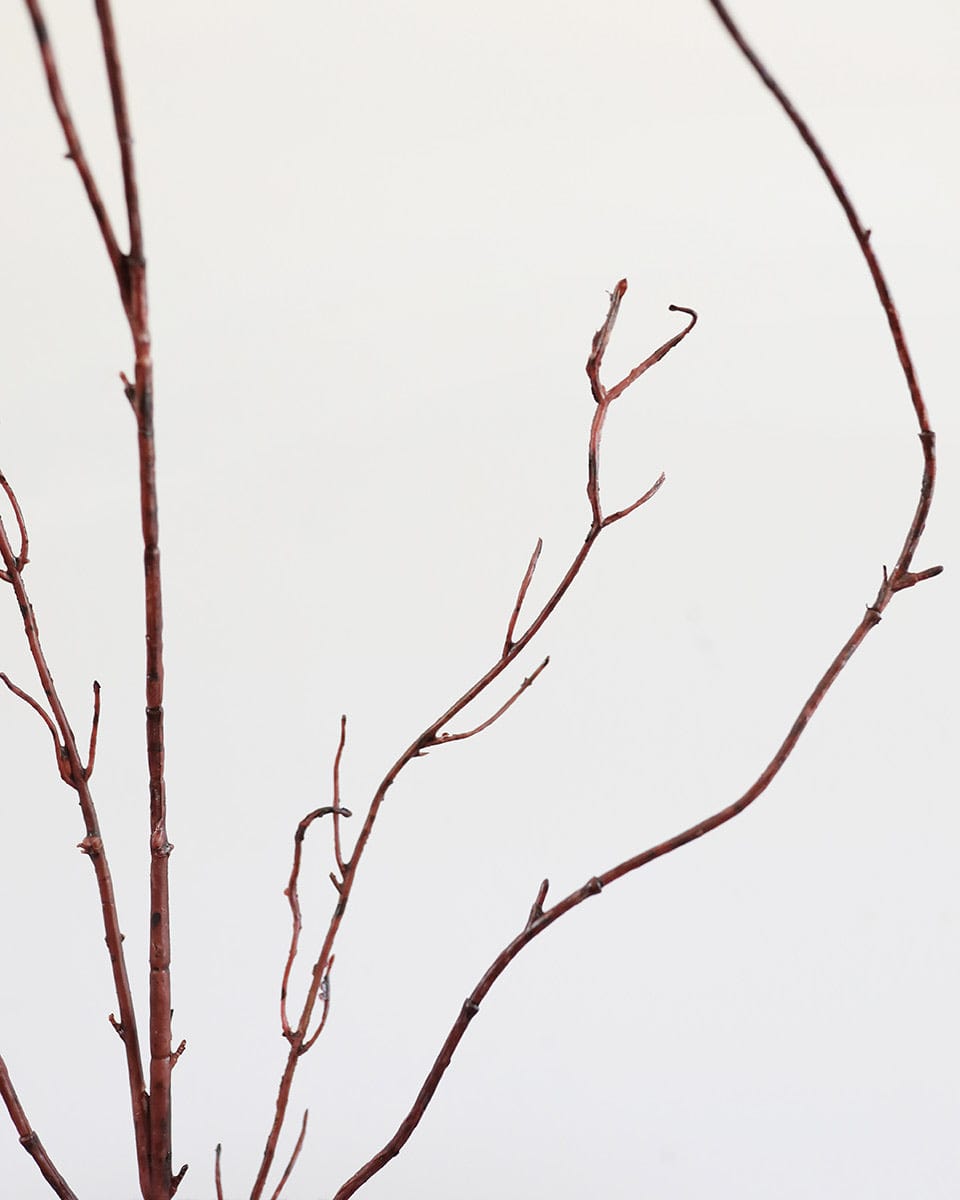
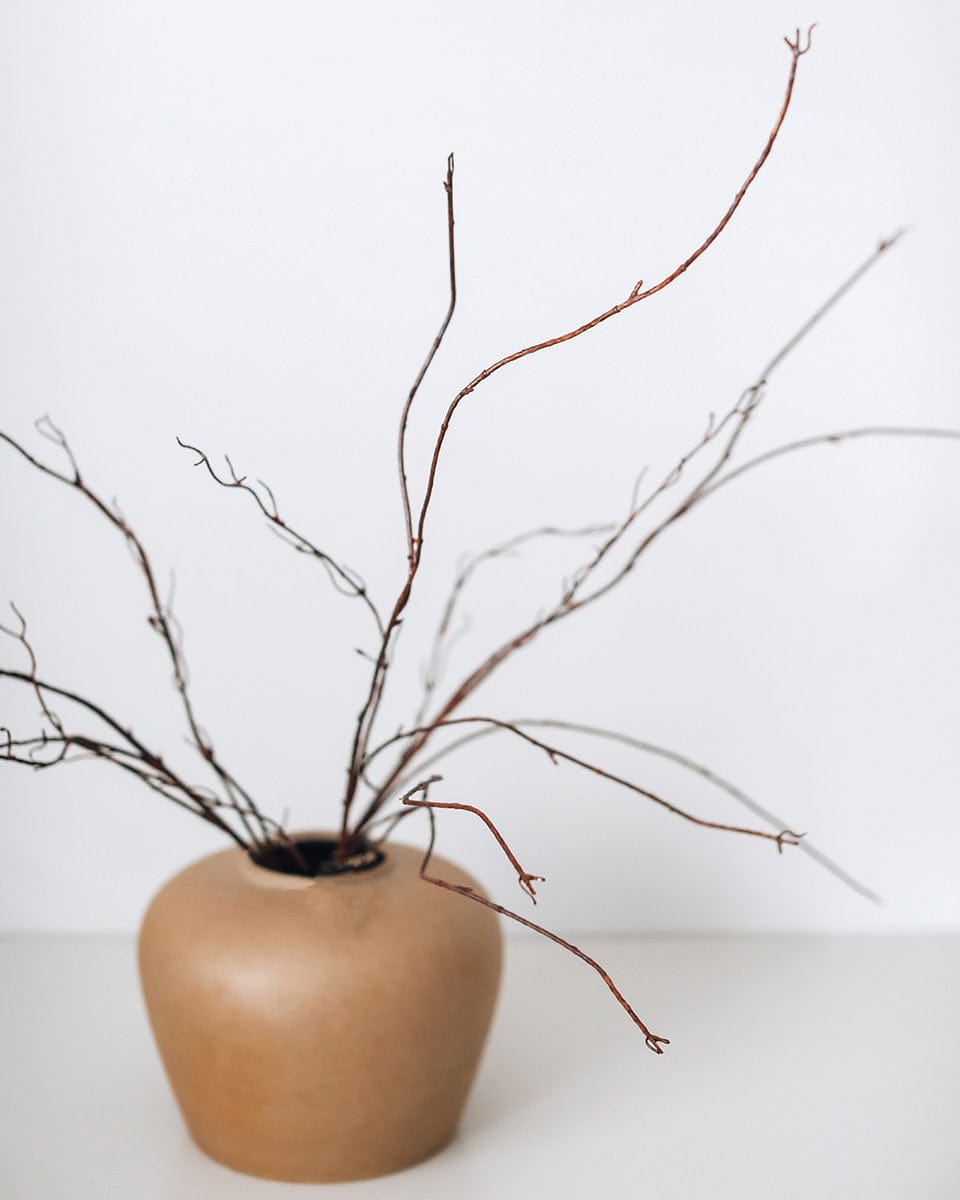

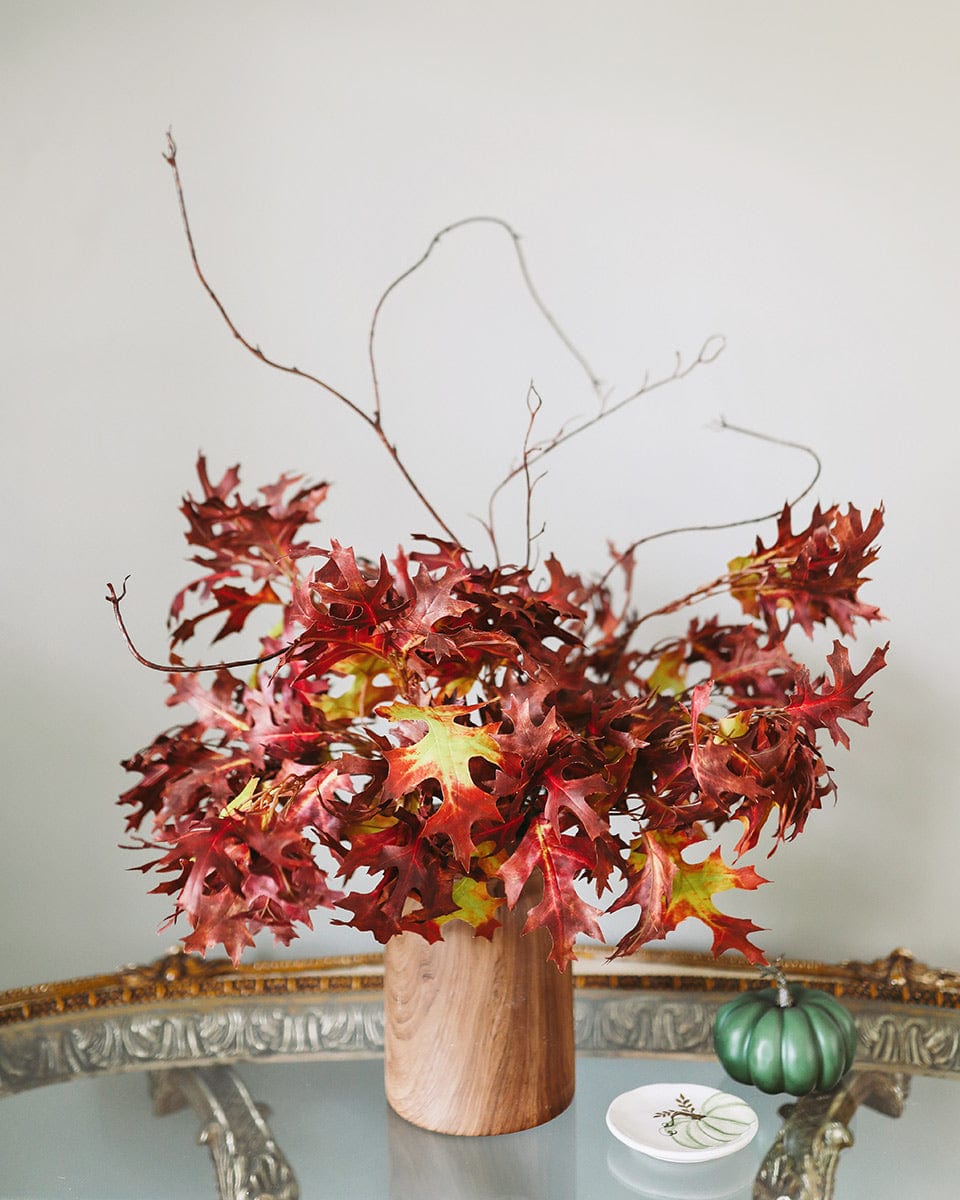
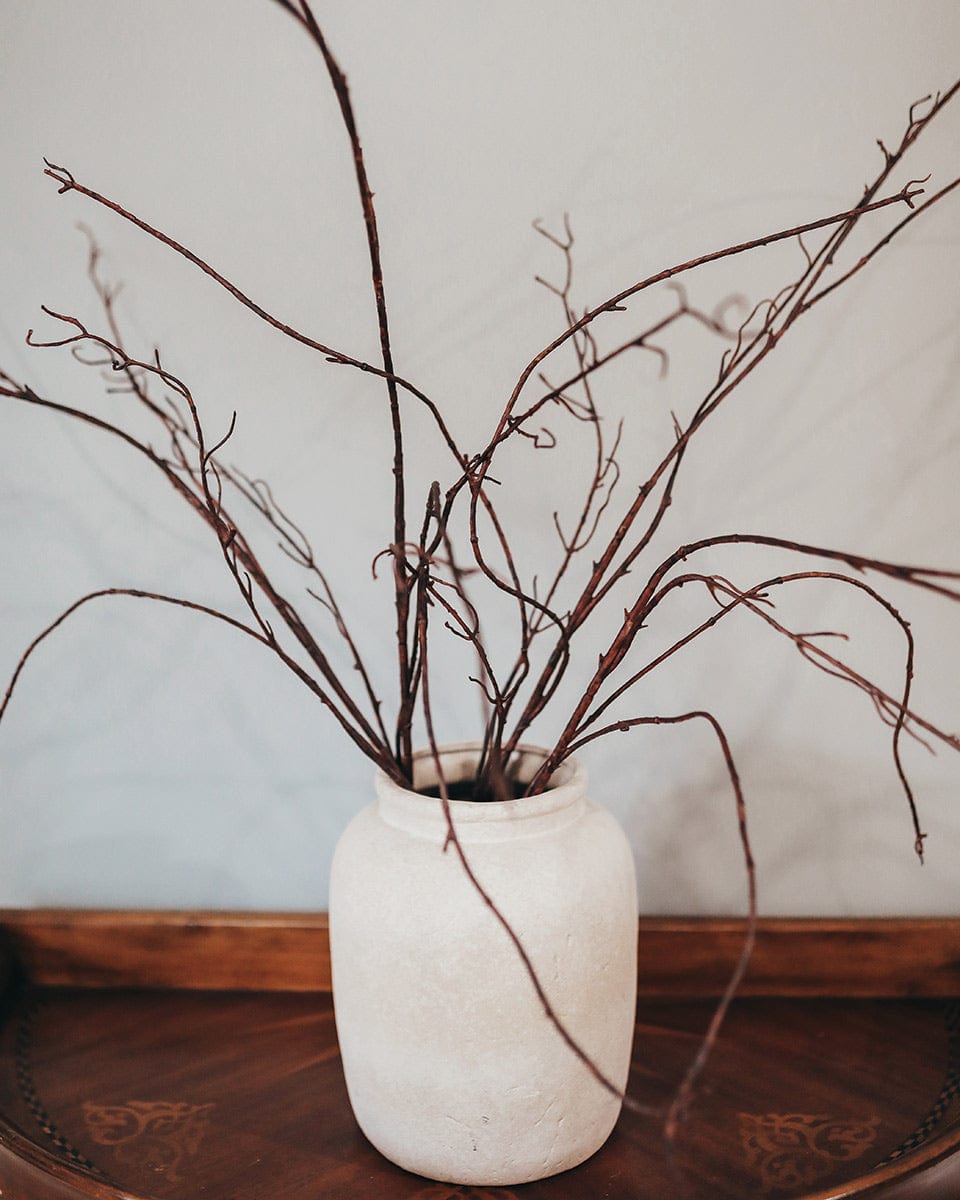
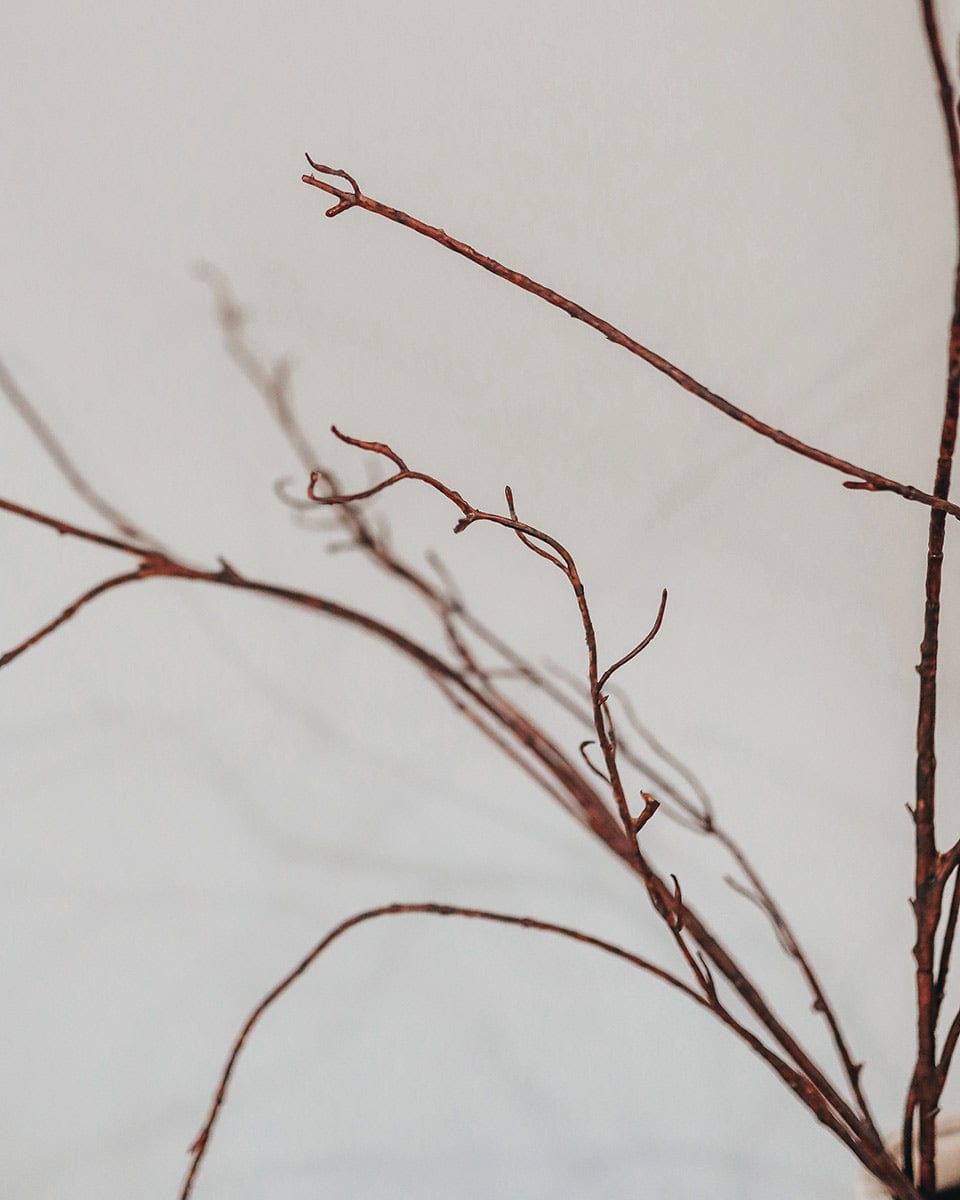
As Seen on
































































































































































More About This Stem
With its twisting and winding form, a few stems of this lifelike willow branch in a tall vase instantly creates a stunning visual display. This artificial twisted willow branch replicates the intricate texture and structure of real willow. Its natural brown hues and twisting design make it a striking accent that complements any decor style.
Versatile and dynamic, our fake twisted willow can be added to floral arrangements to provide height and a touch of drama, enhancing the visual appeal of any composition.
Perfect for all seasons, this faux willow branch easily blends and matches with a variety of faux florals, making it an ideal addition to your floral collection. Its timeless appeal and neutral tones make it a versatile piece that adapts to any theme or occasion.
60 Day Money Back Guarantee
World's Most Realistic Artificial Flowers
Shipped fast & securely from Chicago
Indistinguishable from Real Willow Branches
Design Endless Bouquets
Save Thousands on Fresh Flowers
Enjoy flawless blooms for years while saving thousands on fresh flower replacements
Beautiful Blooms Without the Sneezing
Perfect for sensitive spaces and allergy sufferers - all the beauty of fresh flowers with zero pollen or irritants.
The Pursuit of Excellence:
Making a Prestige Botanical
Trusted by 50,000+ Interior Designers, Wedding Planners & Flower Lovers


Beautiful Quality
Very pleased with my first order of real touch flowers. The camelias, white roses, and anemones are beautiful quality.. Already ordered again!

Cesia J.

Really Great Product
Really great product, looks like the photos. Delivered in a secure, carefully packed box in the time frame posted.

Kevin R.

Quality is Amazing
The flowers are the most beautiful I've used in arrangements. The red magnolias pop with vibrant color... the quality is amazing and worth it.

Jean M.

Very Realistic
Great quality. Very realistic. Added the pop of color to my vase

Letica A.
Read More Reviews
Why Choose Prestige Botanicals?
Prestige Botanicals
Other artificial flowers
Indistinguishable from Real Flowers
Handmade Construction, and hand painted finishes over 90 days
Rich, multi-tonal hues with natural color variations
Built to last decades
Flexible, shapeable stems and leaves for total styling control
High quality construction materials
60 Day Money Back Guarantee
Patanted unique 'Real Touch' Technology
Exclusive Product - not available anywhere else
Mass Produced
Pristine Packaging for Perfect Arrivals
- Our arrangements arrive as works of art, beautifully presented and perfectly preserved.
- Signature long boxes: Specially designed to protect each delicate stem.
- Premium tissue wrapping: Keeps every petal pristine and picture-perfect.
- Reliable delivery times: Tracked and scheduled to ensure your botanicals arrive exactly when you expect, in flawless condition.













